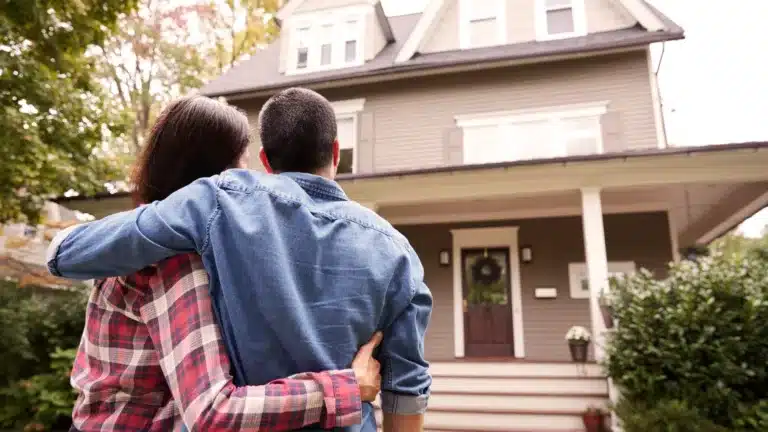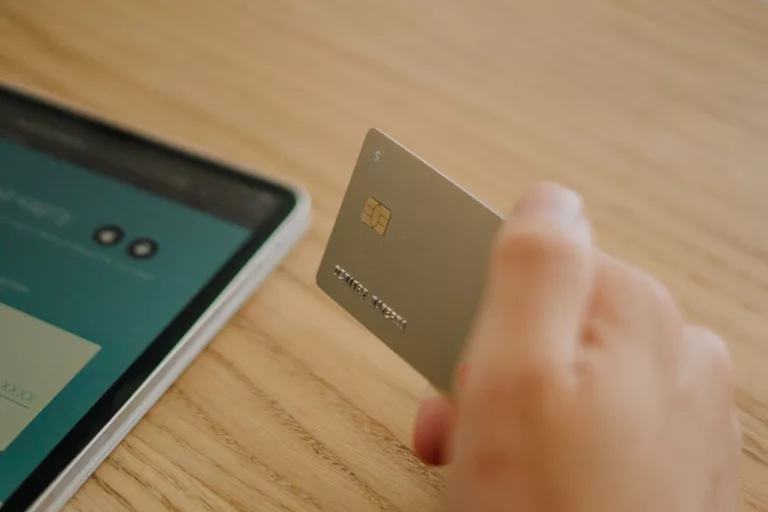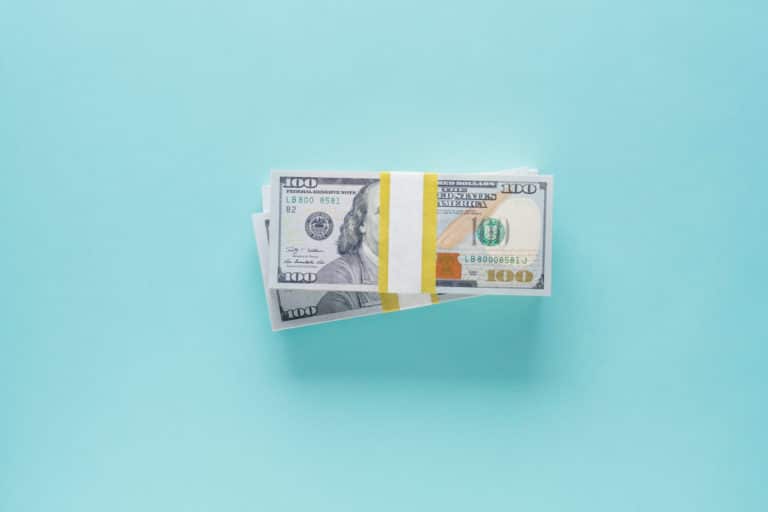Not parting with a chunk of change in the form of a down payment to buy a house — sounds like a dream, right? If you get the chance to put no money down for a home, you might feel as if you have the best of both worlds: a dream home without your wallet taking a pounding.
But is it as good as it sounds or is it too good to be true?
In this guide we’ll break down the pros and cons, walk through a few no down payment mortgage options, low down payment options and down payment assistance programs.
You’ll have everything you need to know about how to buy a house with no money down by the end of this article.
No Down Payment Mortgage Options
First, let’s go through true no down payment mortgage options:
- VA loans: Mortgage lenders can issue VA loans to qualified veterans, active service members and spouses through backing by the Department of Veterans Affairs (VA). VA loans do not require a down payment, and the VA doesn’t require a specific credit score for qualification.
- USDA loans: USDA loans are a government-backed option through the U.S. Department of Agriculture. Borrowers who live in a qualifying rural area and meet specific income requirements may qualify for USDA loans.
- Physician loans: A physician loan refers to a mortgage specifically for medical professionals that may not require a down payment.
- Other 100% mortgages: With these, the lender is willing to cover the entirety of the mortgage without an initial down payment. If you want to buy a home without dipping into your savings, you can pursue these but you will still need to have money on hand. For earnest money, or good faith money that you put down to show your commitment to buying a home; and closing costs, or the fees to process your loan amount.
Pros and Cons of No Down Payment Home Loans
Before you decide whether this type of home loan is best suited for you, let’s go over the pros and cons of no down payment home loans:
Pros
- You don’t have to save up as much money: You don’t have to come up with a way to save for a down payment. This might come in handy if you find a great deal on a house in a competitive market.
- You can become a homeowner sooner: You can get into your home sooner, without having to wait to save the cash for a down payment.
- You will have more cash for upgrades or expenses: If the home you plan to move into needs a facelift or you need to spend money on new furniture, you’ll have extra cash laying around (that you would have spent on a down payment).
Cons
- You will have little or no equity in your home for the first few years of homeownership. Equity is the amount of money you’ve paid on your mortgage — in other words, the portion of your home that you own. When you owe the majority of your mortgage due to no down payment, you end up with no equity in your home compared to what you would have in your home if you put down a down payment.
- You may owe more in other ways. You may have to pay mortgage insurance premiums and higher monthly payments, interest rates or fees.
Low Down Payment Mortgage Options
Don’t qualify for a no down payment mortgage? Consider one of these low down payment mortgage options instead.
- FHA loans: The Federal Housing Administration (FHA) backs, or insures, FHA loans. First-time borrowers who have credit challenges or can’t put down much of a down payment may want to consider a FHA loan. FHA loans require a minimum 3.5% down payment and a credit score of 500 or higher. You may be required to pay a mortgage insurance premium (MIP) for the entire duration of your FHA loan. This is unlike a conventional loan, where PMI drops off after you reach 80% equity.
- Conventional loans with PMI: A conventional loan is a loan not insured or guaranteed by the federal government. You’ll pay PMI if you make a down payment of less than 20% for a conventional loan. Many homeowners believe that you must put 20% down in order to get a conventional loan, but that’s not always the case. In some instances, you can put down as little as 3%.
- HomeReady and Home Possible loans: The Fannie Mae HomeReady® and Freddie Mac Home Possible® loan programs are from government-sponsored enterprises (GSEs), which buy loans from lenders. They both allow lower down payment amounts. For example, Freddie Mac’s Home Possible mortgage program helps low to moderate income borrowers who can afford a 3% down payment.
- Good Neighbor Next Door Program: The Department of Housing and Urban Development aims to help public servants through the Good Neighbor Next Door Program. The program offers opportunities to full-time law enforcement officers, teachers for pre-kindergarten through 12th grade, firefighters and emergency medical technicians (EMTs) in neighborhoods in areas that they deem “revitalization areas.” The down payment requirement goes as low as $100 and you can finance the closing costs.
Down Payment Assistance Programs
Down payment assistance programs in your state may help you qualify for grants or assistance to help reduce the amount you need to save for a down payment. You can explore the options in your state to make sure they fit your situation. You may face the following requirements to qualify for a down payment assistance program:
- Income limits: Your income determines part of your eligibility to qualify for mortgage assistance.
- Targeted neighborhoods: You may need to purchase in a particular neighborhood or portion of your state to qualify for a down payment assistance program.
- Profession-based programs: Some profession-based programs require you to have a certain job, such as a service-based industry job as a doctor, teacher, firefighter, paramedic, nurse or police officer, for example.
- Homeowner restrictions: These vary, but in certain situations, you may have to be a first-time homeowner or follow other requirements. You may also have to treat your home as a primary residence.
- Restrictions on how long you own your home: You may have to fulfill requirements regarding ownership length.
Bottom Line
Ultimately, know that it’s possible to purchase a home with no money down. You also have low down payment options or down payment assistance programs at your disposal. It’s a good idea to understand the pros and cons of each option before you choose the best one for you. You want to know how each type will impact your overall loan amount at the end of your loan term and other details.
Though Morty doesn’t currently offer mortgage options without a down payment, we have information on our blog about refinancing your mortgage, credit scores, mortgage insurance, mortgage pre-approvals and more to help you through your mortgage journey.






